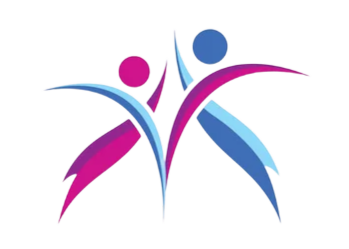This is a guide to actions that we in Rhode Island, in our households and communities, can take to reduce the state’s contributions to climate change. It’s also a guide to building relationships—with each other and with the natural world—that will create a larger cultural and political shift away from a fossil fuel economy, toward […]
Category Archives: Intro
Our Rhode Island—the one we know today—is set up to depend on fossil fuels. Where we live, work, shop and learn–our suburbs and subdivisions, shopping plazas and malls, corporate and college campuses—require most of us to drive. Our economy, which leans on consumer spending now that we don’t have as much industry as we once […]
Using this manual is straightforward and easy. You don’t have to go through it in sequence, and you don’t have to read all of it to make a difference in your life—and in the lives of those in your community who are already feeling the impacts of climate change. The manual is organized by topic. […]
